Dodge is an American brand of automobiles and a division of Stellantis North America, based in Auburn Hills, Michigan. Dodge vehicles have historically included performance cars, and for much of its existence Dodge was Chrysler's mid-priced brand above Plymouth.

The Lotus Seven is a sports car produced by the British manufacturer Lotus Cars between 1957 and 1973. The Seven is an open-wheel car with two seats and an open top. It was designed by Lotus founder Colin Chapman and has been considered the embodiment of the Lotus philosophy of performance through low weight and simplicity. The original model was highly successful with more than 2,500 cars sold, due to its attraction as a road legal car that could be used for clubman racing.

A kit car is an automobile available as a set of parts that a manufacturer sells and the buyer then assembles into a functioning car. Usually, many of the major mechanical systems such as the engine and transmission are sourced from donor vehicles or purchased new from other vendors. Kits vary in completeness, consisting of as little as a book of plans, or as much as a complete set with all components to assemble into a fully operational vehicle such as those from Caterham.
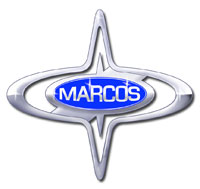
Marcos Engineering was a British sports car manufacturer. The name derives from the surnames of founders Jem Marsh and Frank Costin.

The Porsche Carrera GT is a mid-engine sports car that was manufactured by German automobile manufacturer Porsche from 2004 to 2006. Sports Car International named the Carrera GT number one on its list of Top Sports Cars of the 2000s, and number eight on its Top Sports Cars of All Time list. For its advanced technology and development of its chassis, Popular Science magazine awarded it the "Best of What's New" award in 2003.

The Jagdpanther, Sd.Kfz. 173, was a tank destroyer built by Germany during World War II. The Jagdpanther combined the 8.8 cm Pak 43 anti-tank gun, similar to the main gun of the Tiger II, with the armor and suspension of the Panther chassis.

The Triumph GT6 is a 6-cylinder sports coupé built by Standard-Triumph, based on their popular Triumph Spitfire convertible. Production ran from 1966 to 1973.

The Ford Puma is a small car that was produced by Ford Europe from September 1997 to July 2002. The Puma is a three-door coupé that is based on the Mark IV Ford Fiesta and was built at Ford's Niehl plant in Cologne, Germany. The Puma follows common design cues with other Ford cars at the time, and is in the New Edge family of vehicles.

The Jaguar Sport XJR-15 is a two-seater sports car produced by JaguarSport, a subsidiary of Jaguar and Tom Walkinshaw Racing between 1990 and 1992. Only 50 were planned, each selling for £500,000.

The Citroën Méhari is a lightweight recreational and utility vehicle, manufactured and marketed by French carmaker Citroën over 18 years in a single generation. Built in front-wheel (1968–1988) and four-wheel drive (1980–1983) variants, it features ABS plastic bodywork with optional/removable doors and foldable, stowable, fabric convertible top.
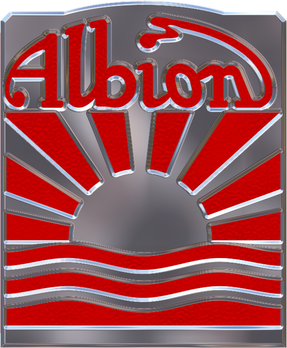
Albion Motors was a Scottish automobile and commercial vehicle manufacturer.

The Koenigsegg CCX is a mid-engine sports car manufactured by Swedish automotive manufacturer Koenigsegg Automotive AB. The project began with the aim of making a global car, designed and engineered to comply with global safety and environment regulations, particularly to enter the United States car market. To sell cars in the US, many alterations were made to the design of the CCR; the previously used Ford Modular engine was replaced by an in-house developed Koenigsegg engine designed to run on 91 octane fuel, readily available in the United States, and to meet Californian emission standards.
The Concept Centaur GT was a kit car first built by Concept Cars Ltd of Middleton, Leicestershire, in 1973 and marketed from 1974 to 1977. The design was very much influenced by the Probe 15 from Adams Probe Motor. The car is famous for possibly being the lowest car ever made being only 94 cm (37 in) high. It was based on the Hillman Imp mechanicals and the body was a GRP-and-plywood monocoque with box section and steel tube reinforcement. The number of models produced is disputed, both 26 and 52 cars have been quoted.

The Riley Nine was one of the most successful light sporting cars produced by the British motor industry in the inter war period. It was made by the Riley company of Coventry, England with a wide range of body styles between 1926 and 1938.
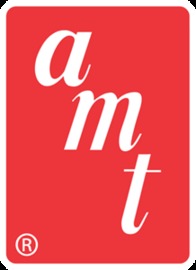
Aluminum Model Toys (AMT) is an American brand of scale model vehicles. The former manufacturing company was founded in Troy, Michigan, in 1948 by West Gallogly Sr. AMT became known for producing 1:25 scale plastic automobile dealer promotional model cars and friction motor models, and pioneered the annual 3-in-1 model kit buildable in stock, custom, or hot-rod versions. The company made a two-way deal in 1966 with Desilu Productions to produce a line of Star Trek models and to produce a 3/4 scale exterior and interior filming set of the Galileo shuttlecraft. It was also known for producing model trucks and movie and TV vehicles.
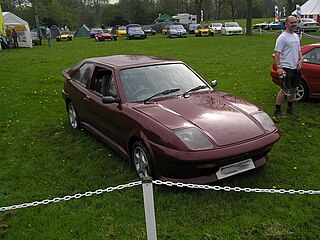
Quantum Sports Cars was founded by Mark and Harvey Wooldridge in 1987.
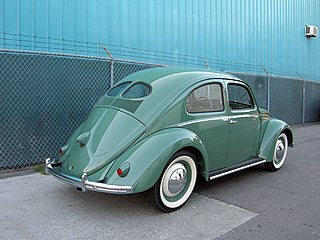
Conservation and restoration of road vehicles is the process of restoring a vehicle back to its original working condition. Vehicles, whether partially scrapped or completely totaled, are typically restored to maintain their roadworthiness or to preserve those with antique status for use as showpieces.
A rolling chassis is the fully-assembled chassis of a motor vehicle without its bodywork. It is equipped with running gear and ready for delivery to a coachbuilder to be completed. Historically, bespoke luxury automobiles were finished inside and out to an owner's specifications by a coachbuilder, and specialty vehicles were outfitted by firms devoted to that task.
Arash Motor Company Limited is a British supercar & hypercar manufacturer based in Newmarket, Suffolk. It was originally established by Arash Farboud as Farboud Limited in 1999, and changed name in 2006. The company has expanded to North-America with a manufacturing facility in Bolton, Ontario, Canada.

New Zealand had a long history of small garages and vehicle enthusiasts modifying and creating sports and sports racing cars. Out of these interests grew the New Zealand kit and replica car industry with the introduction of fibre-glass car bodies in the 1950s.


















